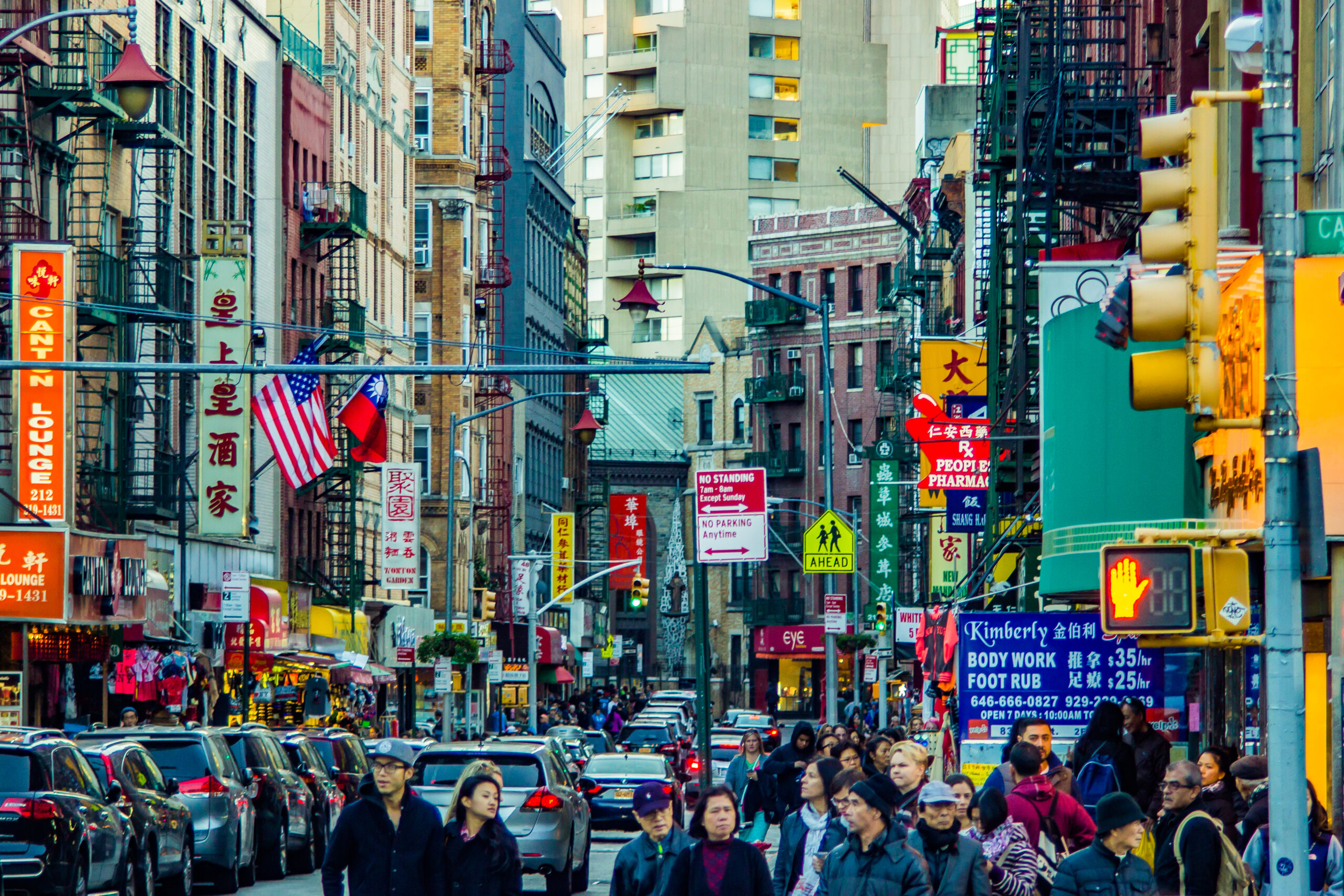In the heart of Lower Manhattan, where centuries-old traditions merge seamlessly with modern urban life, Chinatown Manhattan stands as one of New York City’s most vibrant and historically rich neighborhoods. Far more than just a tourist destination, this dynamic enclave offers unique opportunities for real estate investors, homebuyers, and renters seeking an authentic slice of New York City life.
“Chinatown represents one of Manhattan ‘s last remaining authentic neighborhoods where culture, community, and opportunity converge,” says Sarah Chen, a veteran real estate broker specializing in the area for over 15 years. “We’re seeing increasing interest from both investors and residents who recognize the unique value proposition this neighborhood offers.”
This comprehensive guide explores everything you need to know about living in Manhattan Chinatown, from real estate opportunities to daily life, helping you make informed decisions about this distinctive neighborhood.
Location & Boundaries
Manhattan’s Chinatown occupies a strategic position in Lower Manhattan, bordered by several of the city’s most sought-after neighborhoods. The traditional boundaries are:
North : Canal Street (bordering Little Italy and SoHo)
South : Worth Street and Brooklyn Bridge approach
East : East Broadway and Pike Street
West : Broadway
Adjacent neighborhoods include:
Little Italy
Lower East Side
Two Bridges
Civic Center
Tribeca
Transportation Access
The neighborhood enjoys exceptional public transportation connectivity:
Subway Lines:
N/Q/R/W at Canal Street
6/J/Z at Canal Street
B/D at Grand Street
F at East Broadway
Bus Routes: M15, M103, M9
Average commute to Midtown: 20 minutes
Walking distance to Financial District: 10-15 minutes
Real Estate Overview
The Manhattan Chinatown real estate market offers a diverse range of properties, from historic tenement buildings to modern developments.
Property Types and Price Ranges
|
Property Type |
Price Range |
Avg. Price/sq ft |
|
Pre-war Co-ops |
$400K-800K |
$850-1,100 |
|
Condos |
$750K-2.5M |
$1,200-1,800 |
|
Townhouses |
$2.5M-8M |
$900-1,400 |
|
Mixed-use Buildings |
$3M-15M |
$800-1,200 |
“We’re seeing strong appreciation in property values, particularly in renovated pre-war buildings and new developments,” notes Michael Wong, Principal at Eastern Manhattan Properties. “The neighborhood’s authenticity and proximity to downtown continue to drive demand.”
Recent Market Trends
5% average annual price appreciation over the past 5 years
Growing interest from young professionals and families
Increased development of boutique condos
Strong rental demand with 98% occupancy rates
Notable Developments
The Eastern at Canal Street
Modern luxury condos
Starting at $1.2M
Completion: 2023
88 East Broadway
Mixed-use development
Retail and residential units
Preserved historic façade
Living in Manhattan Chinatown
Life in Chinatown offers a unique blend of traditional culture and modern convenience. The neighborhood maintains its authentic character while embracing contemporary urban living.
Daily Life
Residents enjoy:
Early morning tai chi in Columbus Park
Fresh produce markets along Mott Street
Traditional bakeries and tea shops
Modern coffee houses and fusion restaurants
Active street life and community events
Community Atmosphere
The neighborhood maintains strong community ties through:
Cultural celebrations and festivals
Local business associations
Community gardens
Multigenerational family presence
Active senior centers
Cultural Amenities
Museum of Chinese in America
Mahayana Buddhist Temple
Chinese Opera performances
Traditional medicine shops
Cultural education centers
Neighborhood Demographics
Understanding the demographic makeup helps appreciate Chinatown’s unique character:
Population: Approximately 100,000 residents
Median Age: 40 years
Household Income: $45,000 median
Cultural Makeup:
65% Asian
15% White
12% Hispanic
8% Other
Business Demographics
800+ restaurants
200+ retail stores
50+ jewelry shops
40+ traditional medicine stores
Growing number of tech startups
Local Amenities
Education
P.S. 124 Yung Wing
M.S. 131
Transfiguration School
Chinese language schools
Parks and Recreation
Columbus Park
Sara D. Roosevelt Park
Seward Park
Various pocket parks
Shopping Districts
Canal Street: Jewelry, electronics, souvenirs
Mott Street: Traditional goods, food
East Broadway: Modern retail, services
Elizabeth Street: Boutiques, galleries
Investment Potential
Chinatown presents compelling investment opportunities for several reasons:
Growth Indicators
Increasing property values
New development projects
Growing young professional population
Commercial revitalization
ROI Potential
4-6% average annual rental yields
Strong appreciation potential
High rental demand
Commercial investment opportunities
“Chinatown remains one of Manhattan’s most stable investment markets,” explains David Liu, Commercial Real Estate Director at NYC Asian Investment Group. “The combination of strong community roots and development potential creates unique opportunities for long-term investors.”
Development Plans
Canal Street improvement project
East Broadway modernization
Mixed-use development initiatives
Historic preservation programs
Pros and Cons of Living in Manhattan Chinatown
Pros
Rich cultural heritage
Excellent transportation
Affordable dining options
Strong community feel
Prime location
Investment potential
Cons
Tourist congestion
Limited parking
Older building stock
Street noise
Limited green space
Conclusion
Manhattan’s Chinatown offers a unique combination of cultural richness, investment potential, and authentic New York City living. Whether you’re considering the neighborhood as an investment opportunity or a place to call home, its strong community, strategic location, and ongoing development make it an increasingly attractive option in Lower Manhattan.
For those interested in exploring real estate opportunities in Manhattan Chinatown, connect with our local experts for personalized guidance and current listings. Contact us to schedule a neighborhood tour or receive our detailed market report.
This guide is updated quarterly to reflect current market conditions and neighborhood developments. Last updated: October 2024

